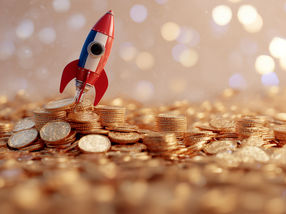Trends in Biotechnology: Acquisitions, regulations and "Pink Biotech"
Results from the panel discussions at BIO-Europe 2006
Advertisement
One of the most important questions, discussed on the BIO-Europe 2006, was, if major acquisitions is an indicative trend. The number of significant pharma acquisitions of biotech companies, over the year, is pointing to a new relationship between pharma and biotech businesses. Joshua Boger, President & CEO, Vertex cited several major acquisitions from 2006, including Amgen/Abgenix, AstraZeneca/Cambridge Antibody Technology and Merck/Sirna. Rob Wills, Vice President, Alliance Management, Johnson & Johnson commented, "In the past when dealmaking, biotech companies would be negotiating with one or two pharma players. Now there can be eight or nine involved in one opportunity." Anthony Rosenberg, Global Head of business development & Licensing, Novartis noted, "When we start negotiations on a deal, we now often get into M&A discussions. This is possibly because VCs are looking for their exit."
In a press conference featuring biotechnology CEOs and leaders, Boger highlighted how government regulation may have a negative impact on biotech companies. Government pressures to regulate drug prices, and thereby hinder investment in R&D would directly affect industry's continued work to develop innovative therapeutics. A German initiative, recently shelved, was expected to severely limit German biotech companies' ability to compete internationally. The initiative would have required companies to open their R&D books before setting the reimbursement price. James Greenwood, President & CEO of the Biotechnology Industry Organization (BIO), commented that, "Every region in the world wants biotechnology. However, biotechnology is only fostered in these regions that have policies that are conducive to it, such as strong government-backed research and development, and adequate reimbursement to provide the incentive for investing in the next generation of therapies. This outcome is only achievable through a positive relationship between big pharma, biotech and the regulatory authorities that nurture and promote innovation."
Additionally, in one of the discussion, a new colour for biotechnology was defined: pink. White biotech should be in drug discovery and development, concluded the panellists in a session on that subject. Currently, however, it is focussed on bioprocessing for manufacture. "Control on cost of goods is not what white biotech needs to provide pharma. What the healthcare industry does need is innovative bioprocessing for drug discovery and development," said Martin Austin, MD, TransformRX. When White Biotech integrates with the Red Biotech drug discovery industry in this way, we will see the emergence of "Pink Biotech".



























































